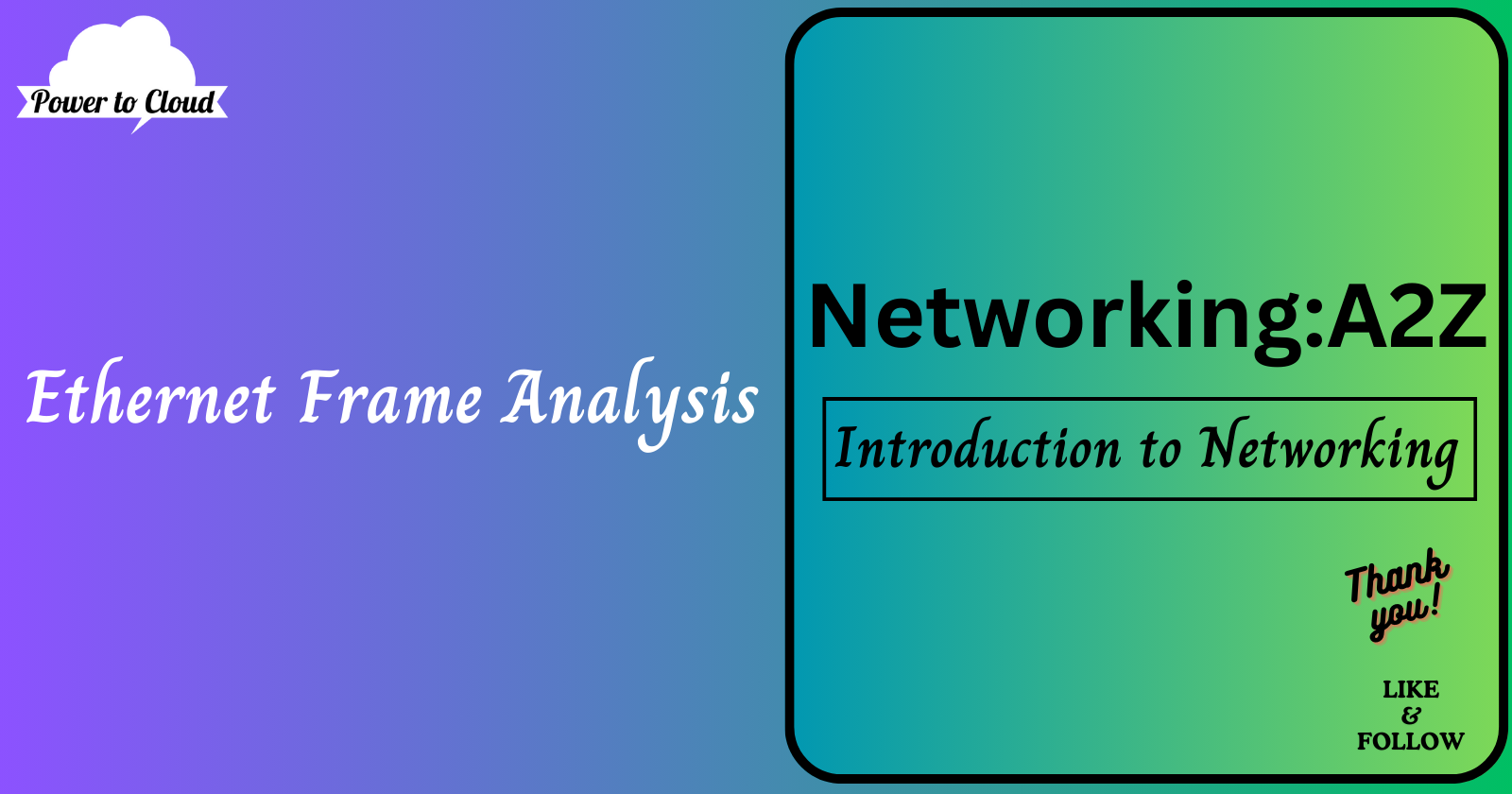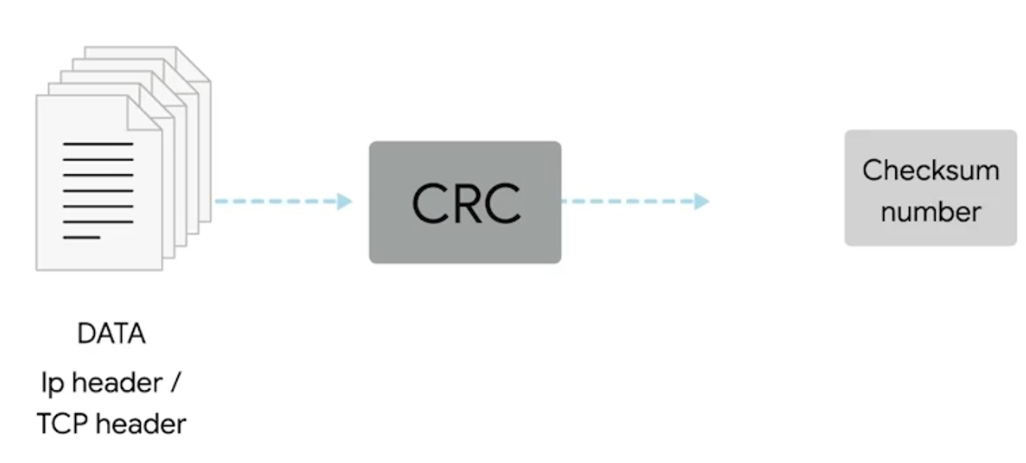1.8 Ethernet Frame Analysis: Beyond the Basics
 Vijay Kumar Singh
Vijay Kumar Singh
Introduction
The world of computer networking revolves around one core principle - seamless and efficient communication. Whether it's a simple email or a complex data transmission, every piece of information sent and received over a network holds immense importance. This is where the Ethernet frame comes into play. An Ethernet frame is a highly structured collection of information presented in a specific order, representing any single set of binary data being sent across a network link.
Understanding the Ethernet Frame
In order to fully understand an Ethernet frame, we need to dissect its various sections and delve into the specifics of each.

Preamble: The Starting Point
The preamble is an integral part of an Ethernet frame. It acts as a warm-up phase before the actual data transmission. This 64-bit long section helps network interfaces to synchronize their internal clocks, ensuring smooth communication. At the end of the preamble, a Start Frame Delimiter (SFD) signals the end of the preamble and the beginning of the actual frame contents.
Destination and Source MAC Addresses: The Origin and Endpoint
Every Ethernet frame carries two crucial pieces of information: the Destination MAC address and the Source MAC address. The source address indicates the device from which the frame originated, while the destination address is the hardware address of the intended recipient. This ensures that the data is sent accurately and received by the correct device.
Ether-type Field and VLAN Header: Describing the Frame
The ether-type field is another important component of an Ethernet frame. It describes the protocol of the frame's contents, providing information about how the data should be processed. In some cases, a VLAN header may also be present, indicating that the frame is a VLAN frame.
Data Payload: The Core Content
The star of the show is undoubtedly the data payload. This is the actual data being transported, excluding headers. It contains all the data from higher layers, such as the IP, transport, and application layers that are being transmitted. Despite being enclosed within the frame, the payload is the primary reason for the frame's existence.
Frame Check Sequence: Ensuring Data Integrity
Last but not least, the frame check sequence plays a pivotal role in maintaining data integrity. It is a checksum value for the entire frame. This checksum allows the receiving network interface to determine if the data received is corrupted.
The Significance of Data Integrity and the Role of CRC
In network communication, ensuring data integrity is of paramount importance. An Ethernet frame achieves this by performing a Cyclic Redundancy Check (CRC) against a set of data. The computed checksum should match the original number. If it doesn't, it indicates data corruption or loss during transmission.

However, it's important to remember that while Ethernet frames ensure data integrity, they do not provide data recovery mechanisms. If data is found to be corrupted or lost during transmission, the decision to retransmit the data is left to a higher-layer protocol. This underscores the collaborative nature of network communication, where different layers and components work together to ensure smooth and accurate data transmission.
In a world where data transmission forms the backbone of our digital interactions, understanding concepts like Ethernet frames is key. They might seem complex at first, but once broken down into their components, they offer fascinating insights into the intricacies of network communication. So the next time you send an email or stream a video, remember the critical role of Ethernet frames in making these everyday tasks possible.
Subscribe to my newsletter
Read articles from Vijay Kumar Singh directly inside your inbox. Subscribe to the newsletter, and don't miss out.
Written by

Vijay Kumar Singh
Vijay Kumar Singh
I'm Vijay Kumar Singh, a Linux, DevOps, Cloud enthusiast learner and contributor in shell scripting, Python, networking, Kubernetes, Terraform, Ansible, Jenkins, and cloud (Azure, GCP, AWS) and basics of IT world. 💻✨ Constantly exploring innovative IT technologies, sharing insights, and learning from the incredible Hashnode community. 🌟 On a mission to build robust solutions and make a positive impact in the tech world. 🚀 Let's connect and grow together! #PowerToCloud